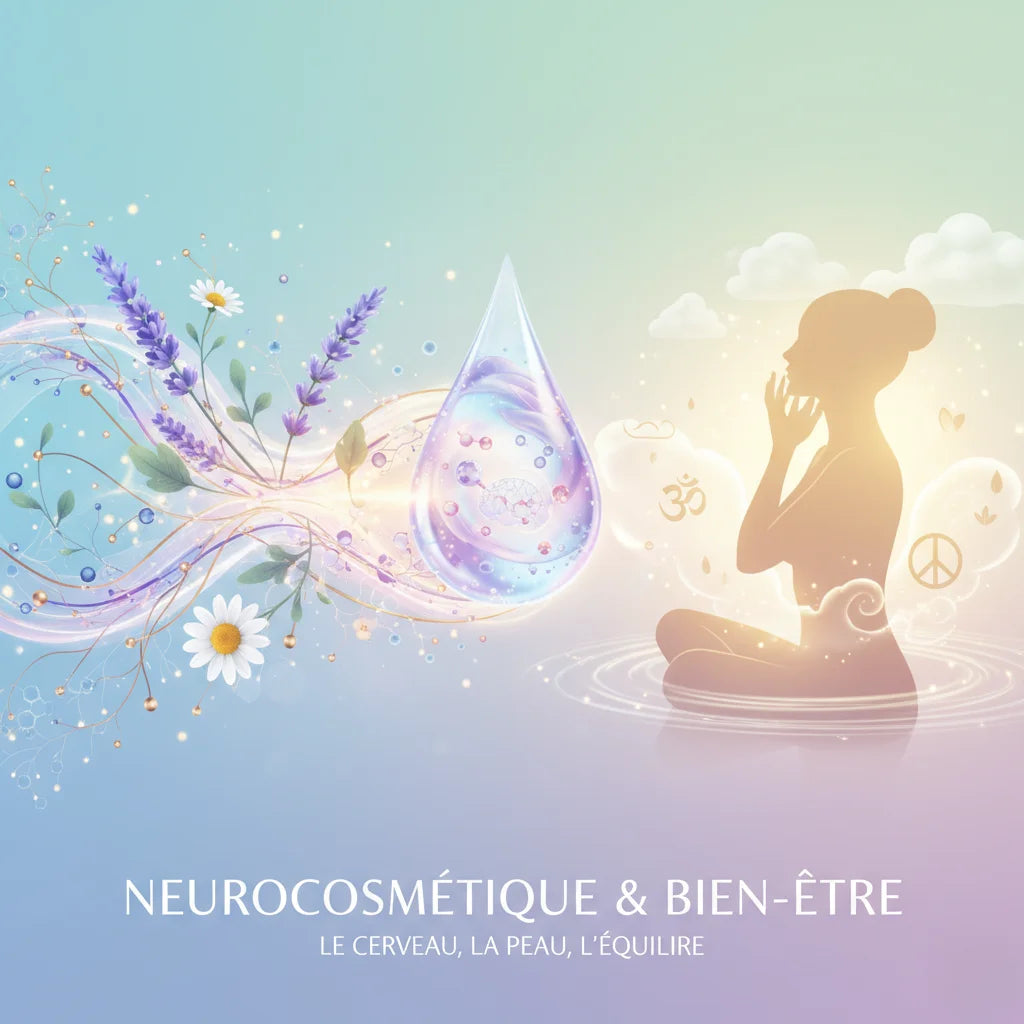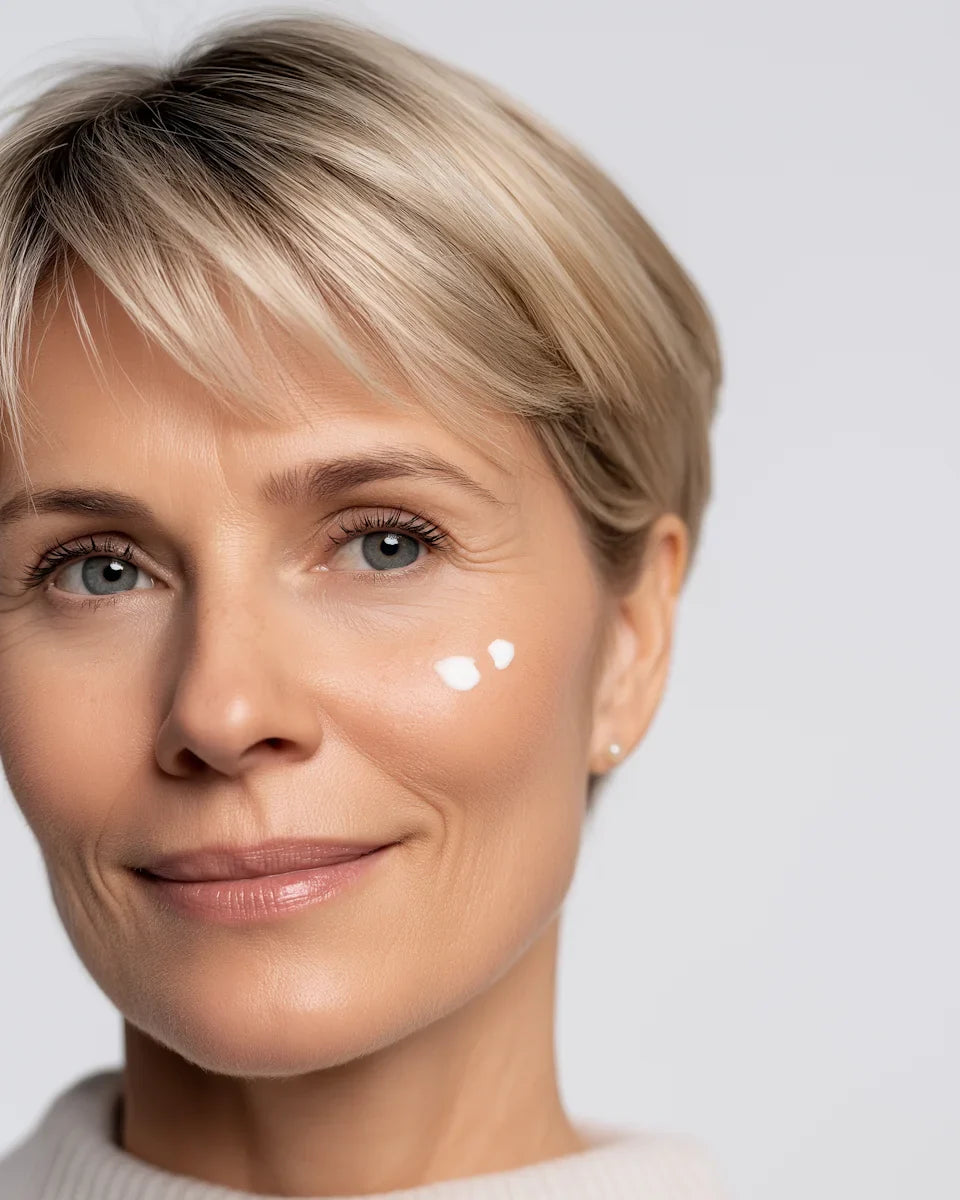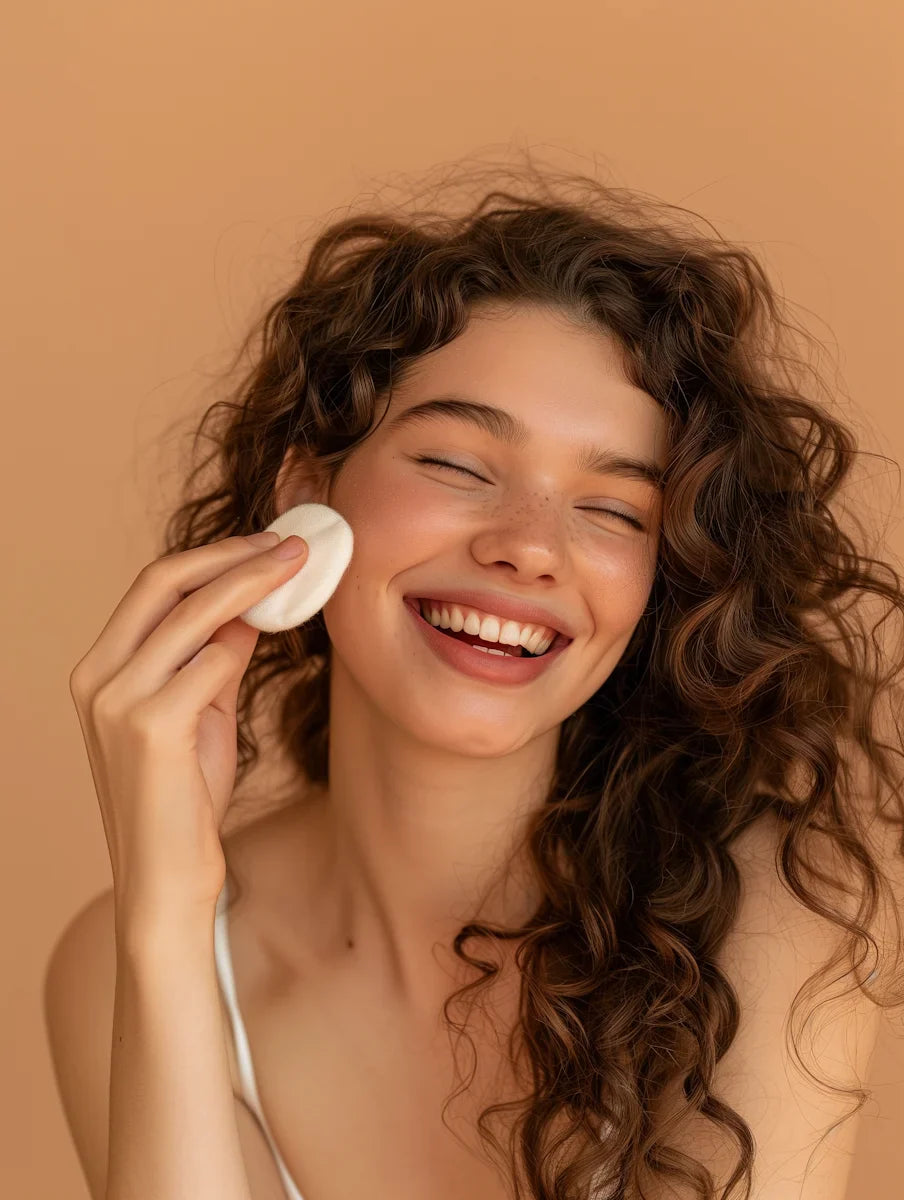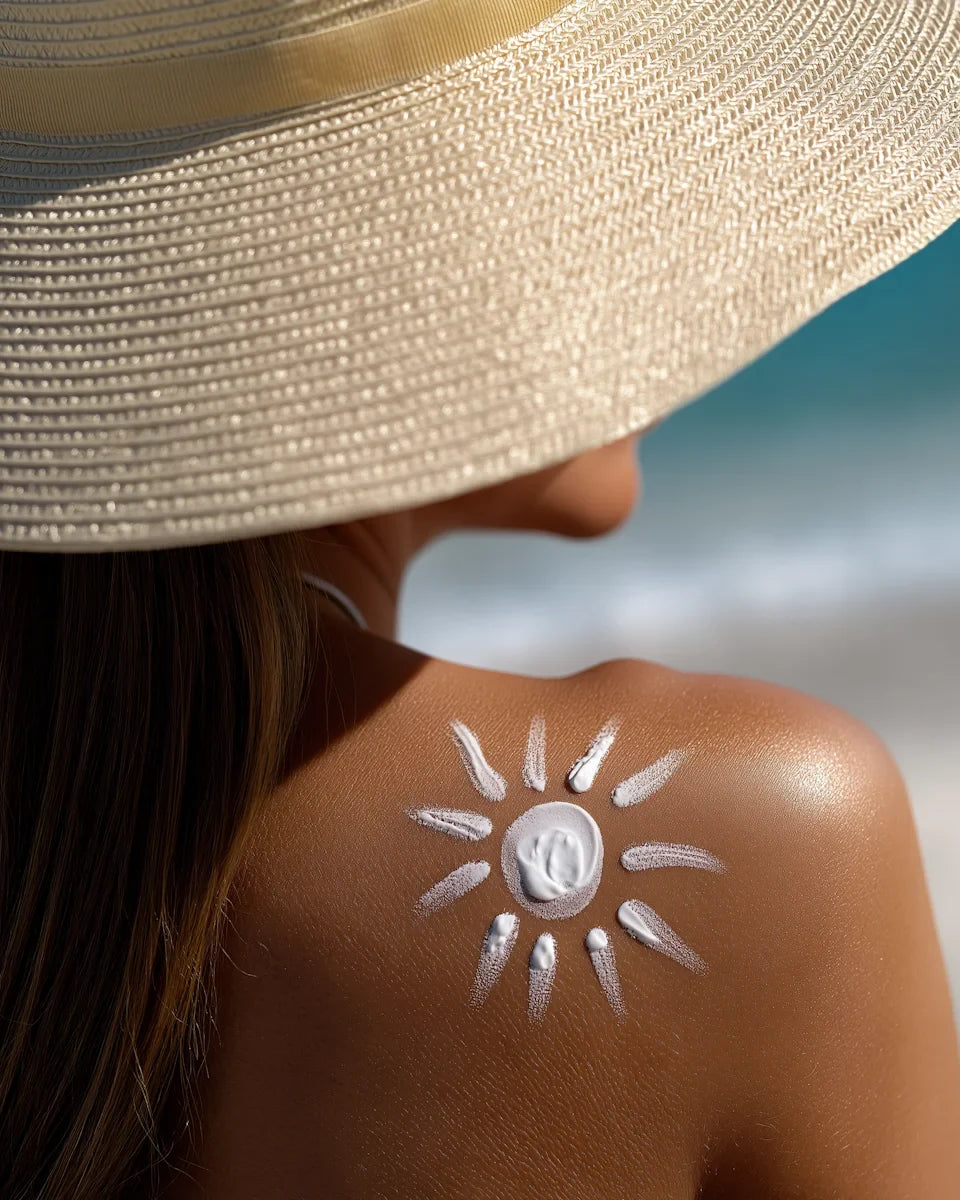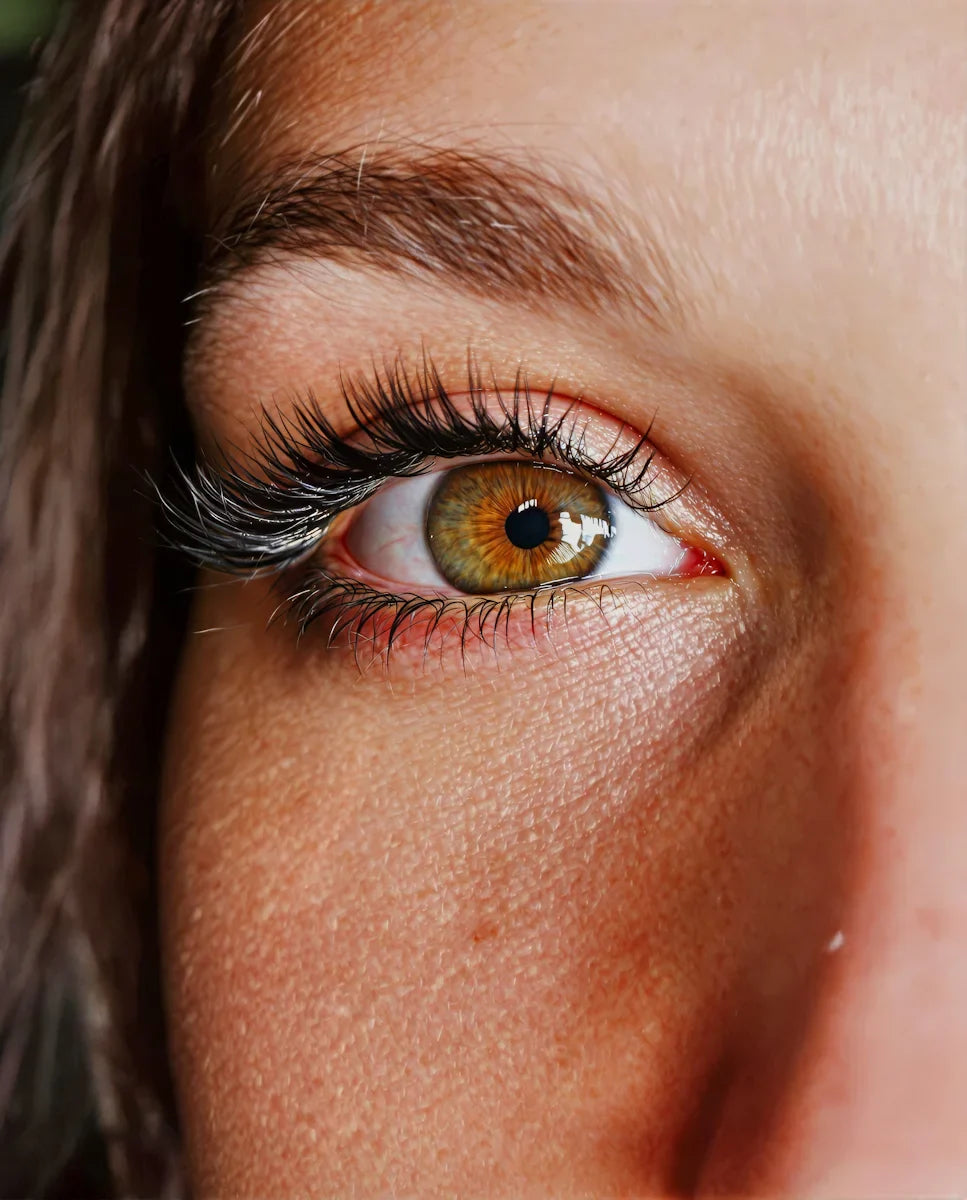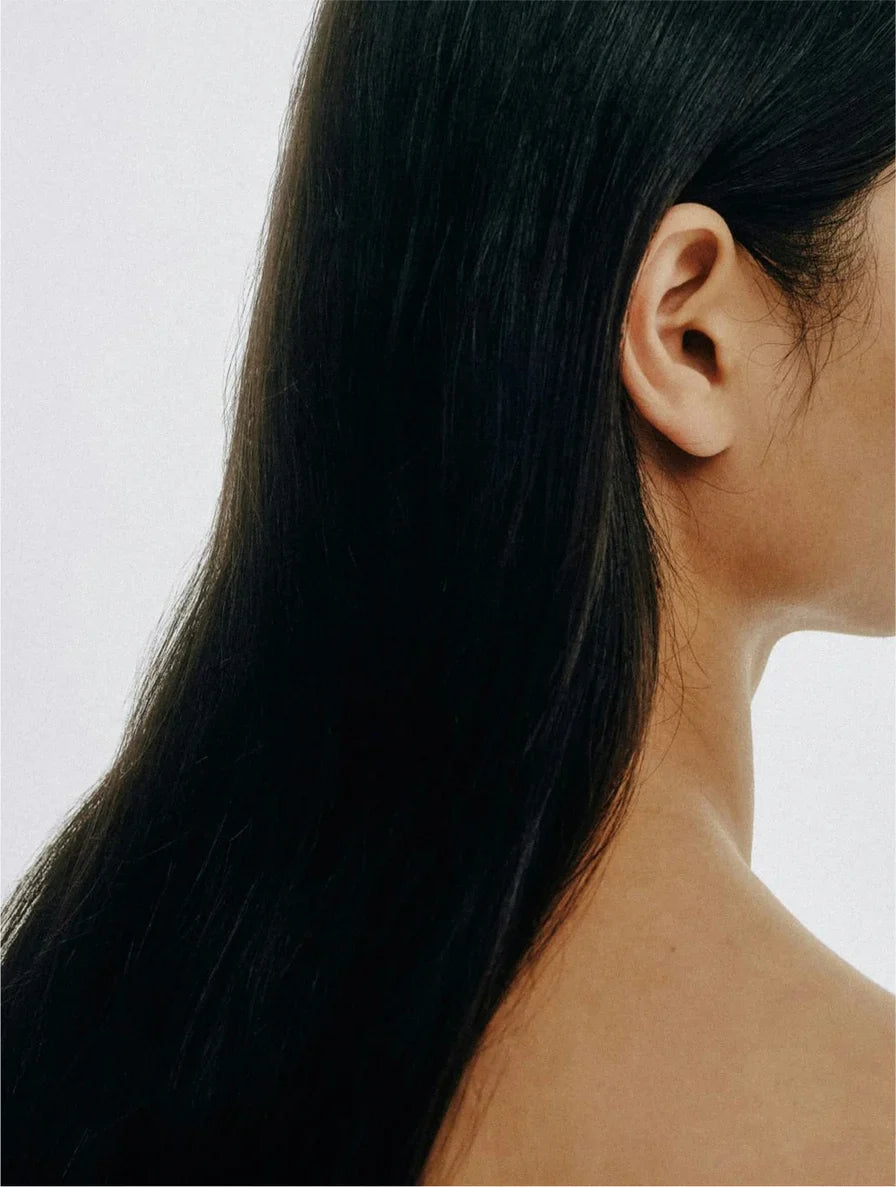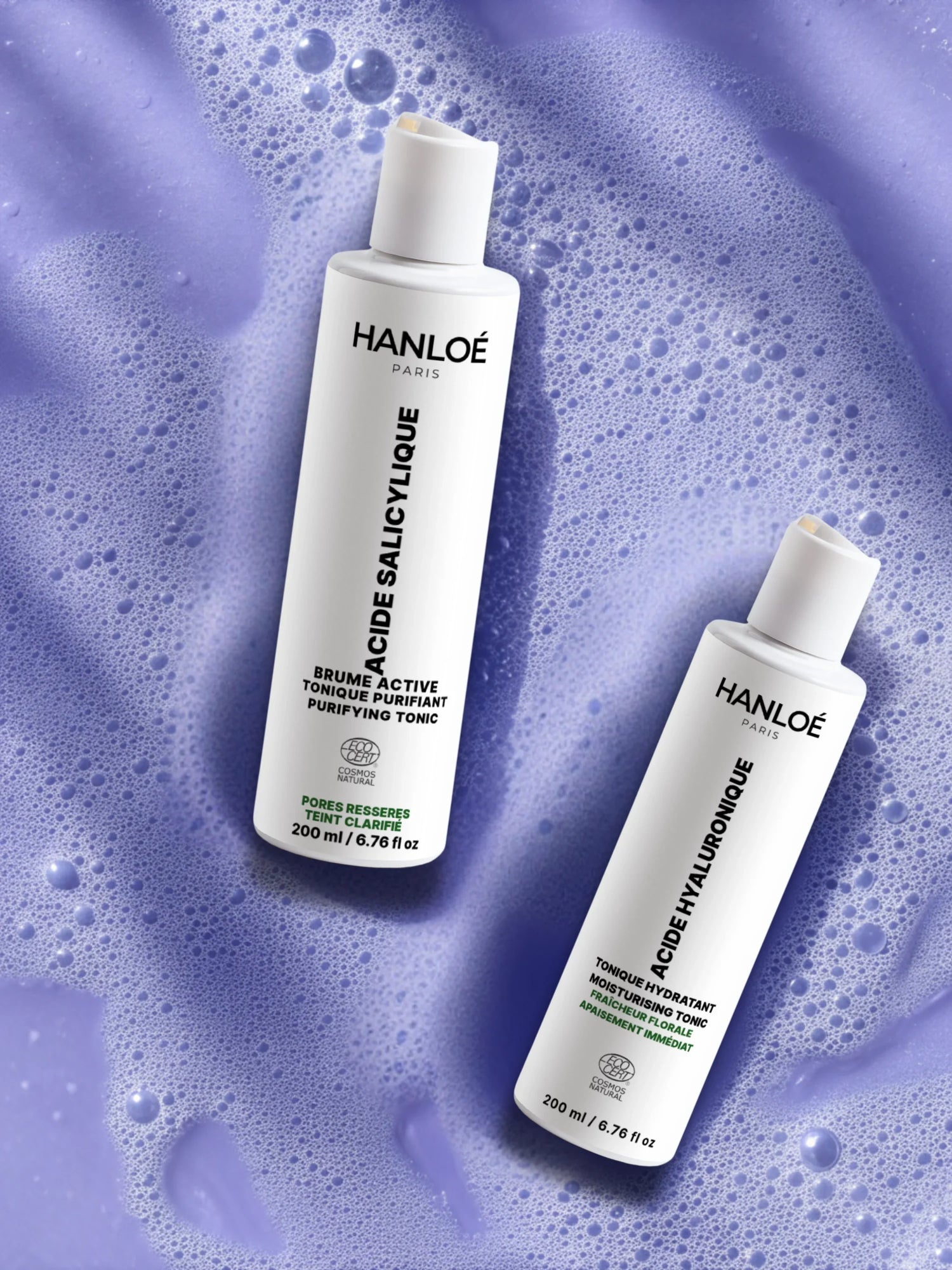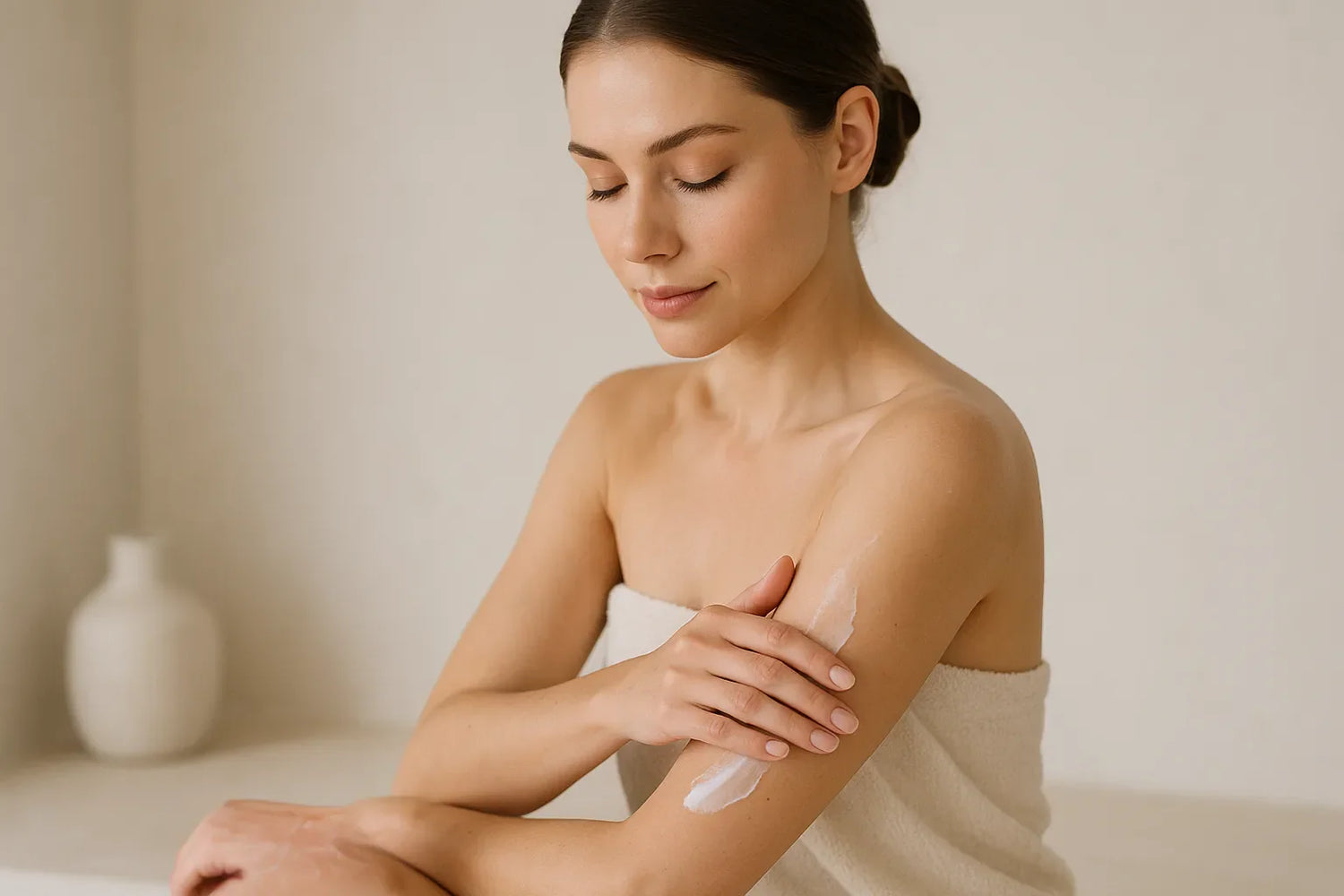Your Skin Has an Emotional Memory
NEUROCOSMETICS & WELL-BEING
Discover how the revolutionary science of neurocosmetics is transforming our understanding of beauty by creating a bridge between your skin, your emotions, and your brain.
Imagine for a moment: every time you feel stressed, your skin knows it before you even realize it. Every positive emotion triggers a cascade of biochemical reactions that literally beautify your skin. This isn't science fiction, it's neurocosmetics , and it's revolutionizing the way we care for our skin.

The skin-brain connection: a constant dialogue between two organs linked from the embryonic origin
The Discovery That Changes Everything: Your Skin Is a "Second Brain"
For decades, we considered skin a simple protective barrier. Then cosmetics focused on active ingredients, concentration percentages, and organic certifications. But a silent revolution was underway in neuroscience laboratories.
In 2024, researchers definitively established what some had long suspected: the skin and the brain are one . More precisely, they communicate constantly via a sophisticated network of neurotransmitters, the chemical messengers that orchestrate our emotions, our stress, and even our ability to radiate.
Common origin: an embryonic connection
On the 21st day of embryonic development, a single cell layer gives rise to two systems: the nervous system and the epidermis. This common origin explains why our skin has 800,000 neurons, 11 meters of nerves, and more than 200 sensory receptors per cm².
The Figures That Speak for Themselves
75% of global consumers are looking for products that improve their emotional well-being
800K neurons in your skin to communicate with your brain
85% of skin conditions worsen during periods of emotional stress
📚 Scientific source: Kantar 2024 study on cosmetic purchasing behavior & SILAB laboratory research on cutaneous neurotransmitters. Consult the full study
How Does Neurocosmetics Really Work?
Neurocosmetics doesn't just hydrate or nourish your skin. It works on three interconnected levels that transform your beauty experience into a truly holistic treatment.
Level 1: Cutaneous Neurotransmitters
Your skin constantly produces and releases neurotransmitters, messenger molecules that travel between your epidermis and your brain. Among the most important:
- β-endorphin (the pleasure hormone) : Released when certain treatments are applied, it provides an immediate feeling of well-being and stimulates cell regeneration.
- Cortisol (the stress hormone) : In excess, it accelerates skin aging, causes inflammation and weakens the skin's protective barrier.
- Serotonin (the mood hormone) : Influenced by the textures and scents of your skincare, it regulates your overall emotional state.
- Oxytocin (the bonding hormone) : Stimulated by repeated skincare rituals, it strengthens your positive connection with your beauty routine.
Key takeaway: When you apply a treatment with neuroactive ingredients, you're not just nourishing your skin, you're sending positive signals to your brain, which in turn will release beneficial molecules for your skin. It's a virtuous circle!
Level 2: The Multidimensional Sensory Experience
Neurocosmetic research has proven that our five senses play a decisive role in the effectiveness of a treatment:
The View
Color, packaging, and visual texture activate the reward circuit even before application.
The Sense of Smell
Natural scents (orange blossom, lavender, citrus) directly modulate your emotions via the limbic system
The Touch
The melting or silky texture stimulates the production of β-endorphins from the first seconds
Hearing
The sound of opening a jar, the sound of a pump creates positive anticipation
To maximize the neurocosmetic benefits of your routine, create a soothing environment: dim lighting, soft music, and take the time to deeply inhale the natural scents of your skincare before applying. Your brain will register this ritual as a moment of pampering in its own right.
Level 3: The Reward Circuit
Perhaps the most fascinating aspect of neurocosmetics is the "reward circuit." Arnaud Aubert, a professor of neuroscience at the University of Tours, explains this phenomenon:

